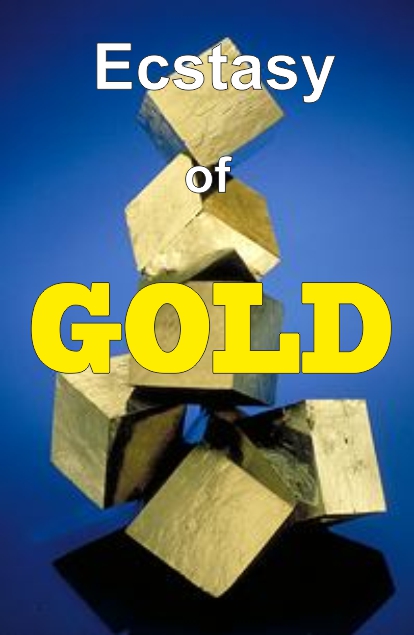|


A piritE (não piritA) é um mineral de cor amarela latão, de brilho metálico e composição FeS2. Cristaliza no sistema cúbico. A sua forma cristalina mais frequente é cúbica, apresentando muito frequentemente faces estriadas. Outras formas comuns são o piritoedro e o octaedro. Também pode ocorrer segundo uma macla característica denominada cruz de ferro. A pirite é o sulfureto mais comum que aparece na Natureza. Este mineral é ubíquo (encontra-se ao mesmo tempo em vários lugares), encontrando-se em rochas eruptivas como mineral acessório, como produto de segregação magmática, ocorrendo ainda em rochas sedimentares e metamórficas de contacto e em todos os jazigos minerais metálicos, excepto nos pegmatitos.
Frequentemente aparece associada à calcopirite, esfalerite e galena. A pirite contém, em média, 46,6% de ferro e 53,4% de enxofre, além de níquel, cobalto, cobre, zinco, prata, ouro, tálio, entre outros. Muitas vezes é explorada para a obtenção destes elementos, embora a sua utilização mais comum seja no fabrico de ácido sulfúrico, pelo método das câmaras de chumbo, pelo que o anidrido sulfuroso necessário consegue-se mediante a ustulação das pirites.
Devido ao seu brilho metálico e à cor amarelo-dourada, recebeu também o apelido de ouro-dos-tolos (ou ouro-dos-parvos); ironicamente, contudo, pequenas quantidades de ouro podem às vezes ser encontradas disseminadas nas pirites. De fato, dependendo da quantidade de ouro, a pirite aurífera pode mesmo ser uma fonte valiosa deste metal precioso.

Pyrite is the most common of the sulfide minerals. The name pyrite is derived from the Greek πυρίτης (pyritēs), "of fire" or "in fire", in turn from πύρ (pyr), "fire". In ancient Roman times, this name was applied to several types of stone that would create sparks when struck against steel; Pliny the Elder described one of them as being brassy, almost certainly a reference to what we now call pyrite. By Georgius Agricola's time, ca. 1550, the term had become a generic term for all of the sulfide minerals.
Iron-pyrite FeS2 represents the prototype compound of the crystallographic pyrite structure. The structure is simple cubic and was among the first crystal structures solved by X-ray diffraction. It is distinguishable from native gold by its hardness, brittleness and crystal form. Natural gold tends to be anhedral (irregularly shaped), whereas pyrite comes as either cubes or multifaceted crystals. Pyrite is usually found associated with other sulfides or oxides in quartz veins, sedimentary rock, and metamorphic rock, as well as in coal beds and as a replacement mineral in fossils. Despite being nicknamed fool's gold, pyrite is sometimes found in association with small quantities of gold. Gold and arsenic occur as a coupled substitution in the pyrite structure.
The mineral pyrite, or iron pyrite, also known as fool's gold, is an iron sulfide with the chemical formula FeS2. This mineral's metallic luster and pale brass-yellow hue give it a superficial resemblance to gold, hence the well-known nickname of fool's gold.
Claiming the Earthcache / Para logares esta EC
At the coordinates you will see a shiny, gold coloured pyrite cube. Your task is to measure the faces of the cube and calculate its volume (in m3) - you will need a long, rigid or metallic tape measure to do this.
Send me the answers through my geocaching profile to validate your found.
Desloca-te ao local da cache e mede as faces do cubo de pirite e calcula o seu volume (em m3). Nota que vais precisar de uma fita métrica rígida (metálica) comprida.
Envia as tuas respostas para validares o teu found via o meu perfil do geocaching.com.
Source
|